Seasonal Home Services Marketing: Winter HVAC vs Summer Roofing
Seasonal Home Services Marketing: Winter HVAC vs Summer Roofing
Own the calendar. This playbook shows how to rotate offers, budgets, and crews as the weather swings—without letting lead volume dip.
Introduction
Seasonal Home Services Marketing: Winter HVAC vs Summer Roofing is about turning climate swings into competitive advantage. Your customers feel the weather first—your campaigns should respond just as fast. Pair in-season offers with AI fast replies, and use shoulder seasons to build reviews, content, and memberships.
Expanded Table of Contents
- 1) Demand Curves & Capacity Planning
- 2) Channel Mix by Season
- 3) Offer Library: Winter HVAC vs Summer Roofing
- 4) Creative & Copy Angles
- 5) AI Automation: Replies, Routing, Reviews
- 6) Seasonal Landing Pages & CRO
- 7) Budgets, Bids & Pacing
- 8) Weather-Triggered Campaigns
- 9) KPIs & Dashboards
- 10) Shoulder Season Monetization
- 11) Ops: Scheduling, SLAs & Safety
- 12) Pitfalls & Fixes
- 13) 25 Frequently Asked Questions
- 14) 25 Extra Keywords
1) Demand Curves & Capacity Planning
- Winter HVAC: spikes on first freeze, long weekends, and cold snaps.
- Summer Roofing: spikes after hail/wind events and during dry stretches.
- Capacity: align ad pacing with crew slots; slow bids when routes fill, push promos when openings appear.
2) Channel Mix by Season
| Season | Priority Channels | Notes |
|---|---|---|
| Winter HVAC | Google Search/LSA, GBP posts, Marketplace | Emergency + same-day messages win |
| Summer Roofing | Search (storm/leak), short video, Marketplace | Inspection + photo report offers |
| Always-On | Retargeting, email/SMS nurture | Keep blended CPL low year-round |
3) Offer Library: Winter HVAC vs Summer Roofing
Winter HVAC
- Heat Safety Check + Tune-Up
- Emergency No-Heat Hotline (after-hours)
- Furnace Repair Financing from $/mo
Summer Roofing
- Free Roof Inspection + Photo Report
- Leak Stopper Visit (48-hour guarantee)
- Price-Lock on Materials for 7 Days
4) Creative & Copy Angles
- HVAC: safety, warmth, same-day rescue, licensed techs.
- Roofing: storm maps, before/after, neighbors served in ZIP.
- CTAs: “Book Today 4–7pm” • “Get Photo Report” • “Message for Availability.”
5) AI Automation: Replies, Routing, Reviews
- Instant reply (< 60s): confirm city/ZIP + two time windows.
- Routing by urgency (no-heat/leak), ZIP, crew capacity, language.
- Review engine triggers after completion; escalate unhappy responses to human.
Tools like Market Wiz AI can auto-post, reply, schedule, and tag CRM sources across 10+ platforms.
6) Seasonal Landing Pages & CRO
- Dedicated pages: “Furnace Repair in {City}” • “Hail Roof Inspection in {City}”.
- Trust blocks: licenses, insurance, reviews, crew photos.
- Conversion aids: sticky phone, instant chat, calendar widget, financing microcopy.
7) Budgets, Bids & Pacing
| Tactic | Winter | Summer | Tip |
|---|---|---|---|
| Search | ↑ spend | ↑ spend (roofing) | Use negatives + call-only variants |
| Marketplace | Steady | Steady+ | Rotate titles & first image weekly |
| Retargeting | Always | Always | Seasonal creatives reduce CPL |
8) Weather-Triggered Campaigns
- HVAC: triggers at first freeze and <=32°F nights.
- Roofing: triggers on hail/wind alerts; auto-map affected ZIPs.
- Creative swaps: “Tonight’s Low: 28°F — Book Heat Check” • “Hail in {City} — Free Roof Photo Report.”
9) KPIs & Dashboards
Speed
First reply < 60s
Quality
Qualified rate ≥ 40%
Conversion
Lead→Appointment 25–40%
Cost
Blended CPL $25–$90 (market dependent)
10) Shoulder Season Monetization
- Memberships (HVAC tune-up, gutter/roof checks).
- Content: FAQs, “How to spot hail damage,” winter safety guides.
- Partnerships: insurers, property managers, HOAs.
11) Ops: Scheduling, SLAs & Safety
- Shared calendar with route density planning.
- SLAs: emergency slots preserved daily.
- Safety: weather constraints and reschedule automation.
12) Pitfalls & Fixes
| Pitfall | Impact | Fix |
|---|---|---|
| Generic landing pages | Low QS | Seasonal, city-specific pages |
| Slow replies | Lead decay | AI instant reply + SLA alerts |
| Creative fatigue | Rising CPL | Weekly rotation + local photos |
| No review cadence | Weaker GBP | Automate requests post-job |
13) 25 Frequently Asked Questions
The full structured FAQ list is embedded in JSON-LD for rich results. It covers budgets, channels, weather triggers, AI, and reporting.
14) 25 Extra Keywords
- Seasonal Home Services Marketing: Winter HVAC vs Summer Roofing
- winter hvac marketing ideas
- summer roofing advertising
- weather triggered ads home services
- hvac emergency marketing
- roofing storm marketing playbook
- seasonal landing pages hvac
- seasonal landing pages roofing
- google local service ads hvac
- roof inspection photo report
- market wiz ai home services
- facebook marketplace hvac offers
- marketplace roofing leads
- hvac review automation
- roofing review strategy
- geo targeted roofing ads
- hvac appointment scheduling ai
- hail storm roofing leads
- first freeze hvac campaign
- home services retargeting 2025
- shoulder season offers
- zip routing home services
- local seo roofing hvac
- crew capacity pacing ads
- year round home services growth
Seasonal Home Services Marketing: Winter HVAC vs Summer Roofing Read More »




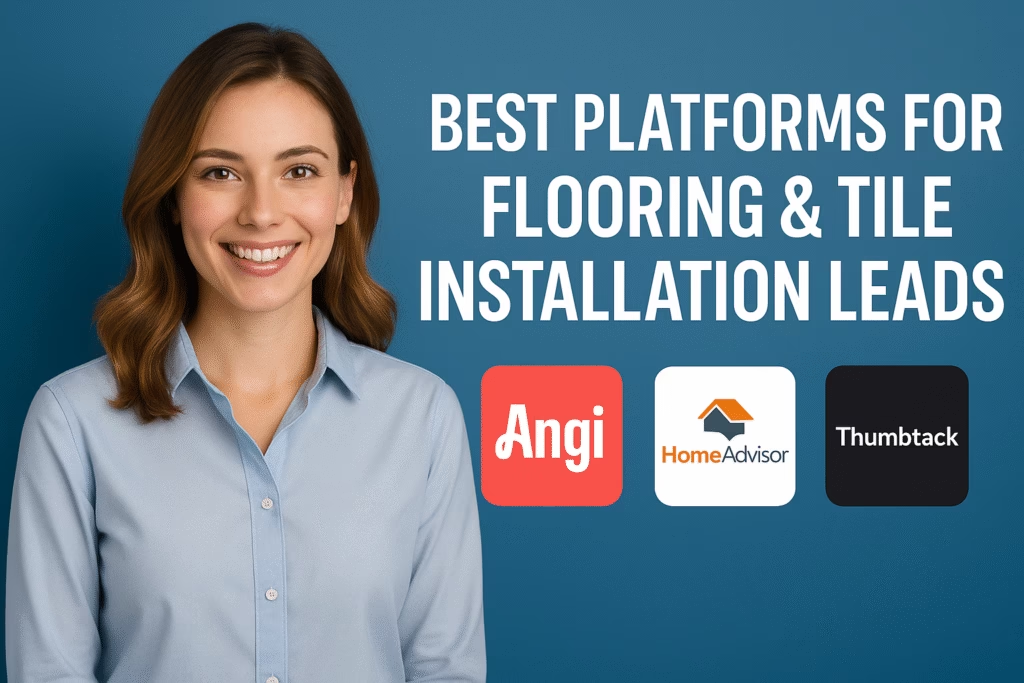
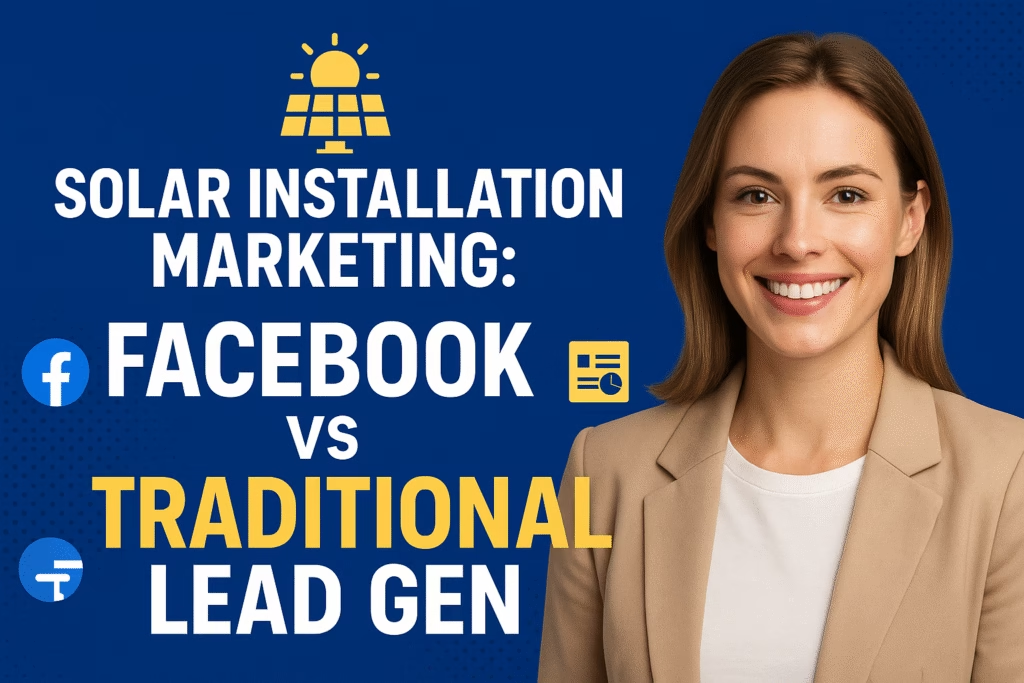

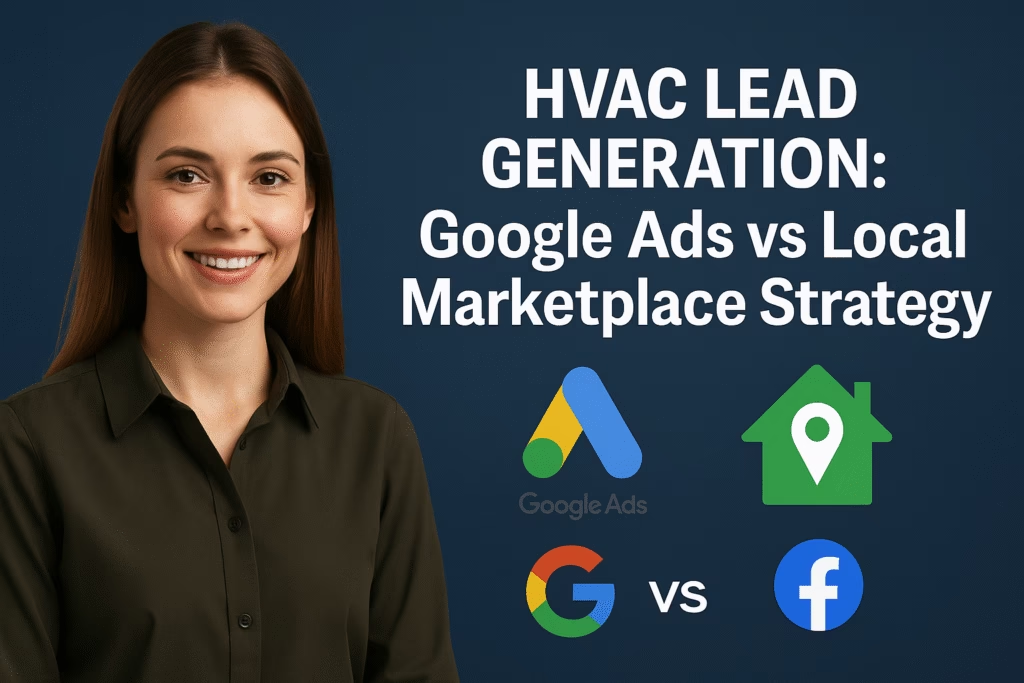
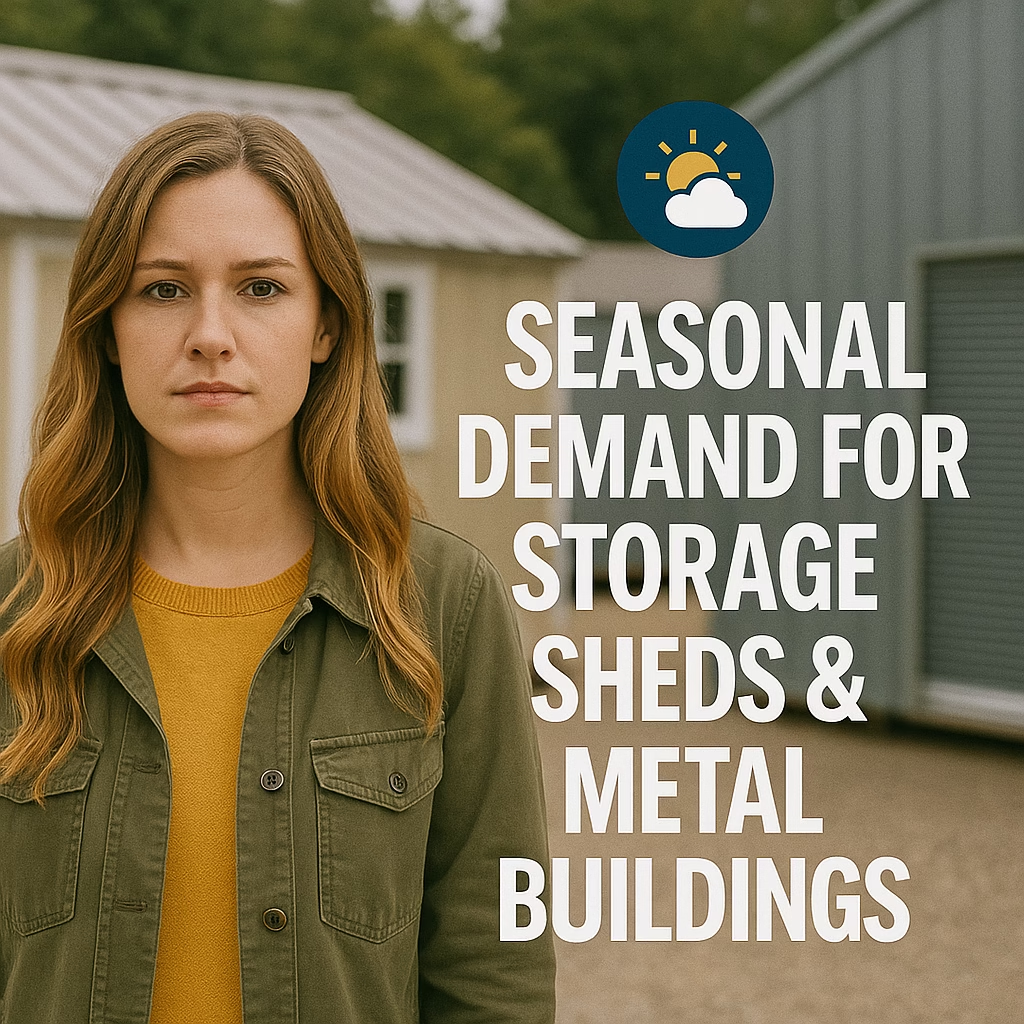
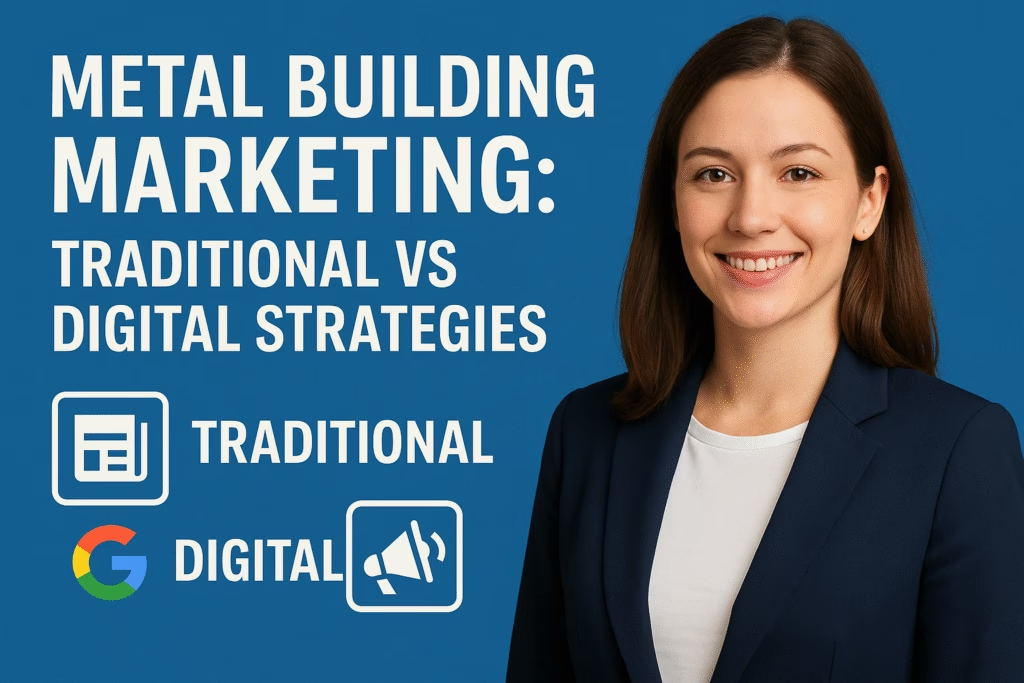
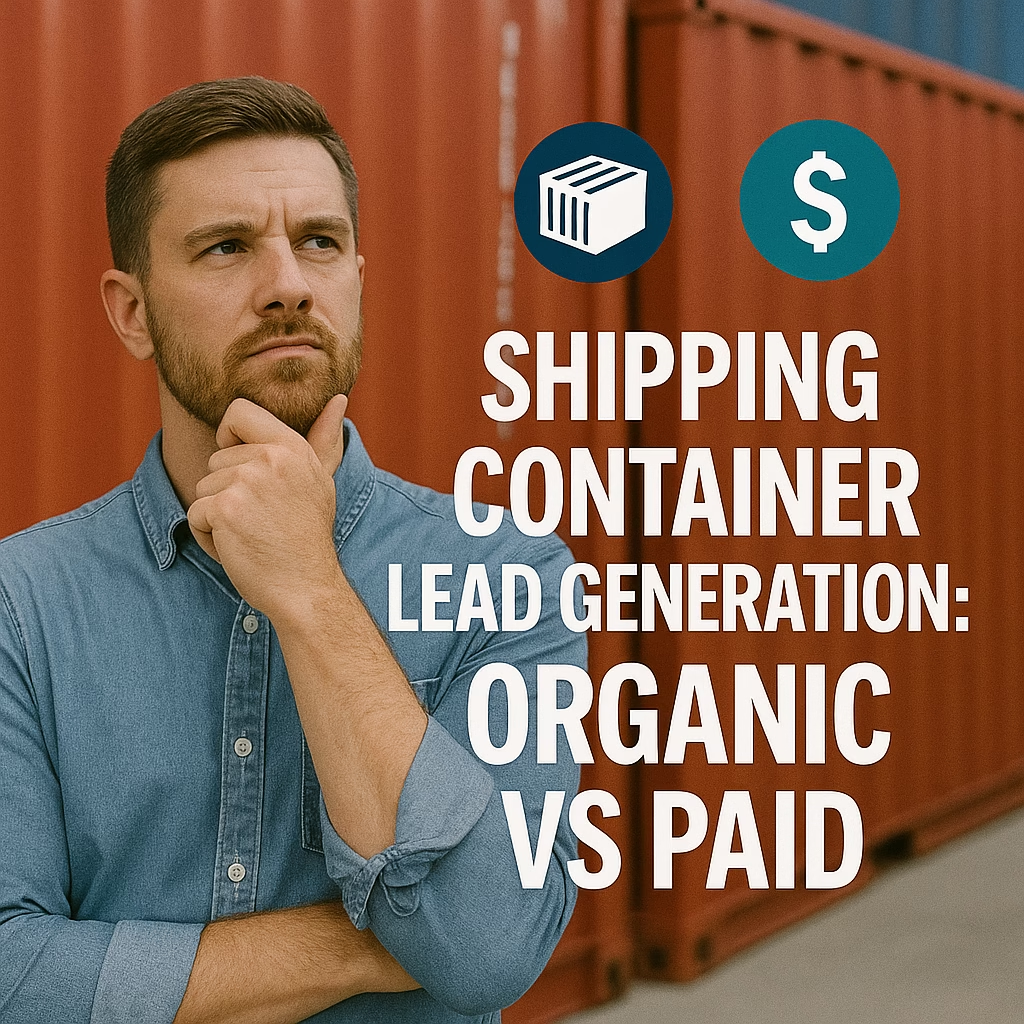
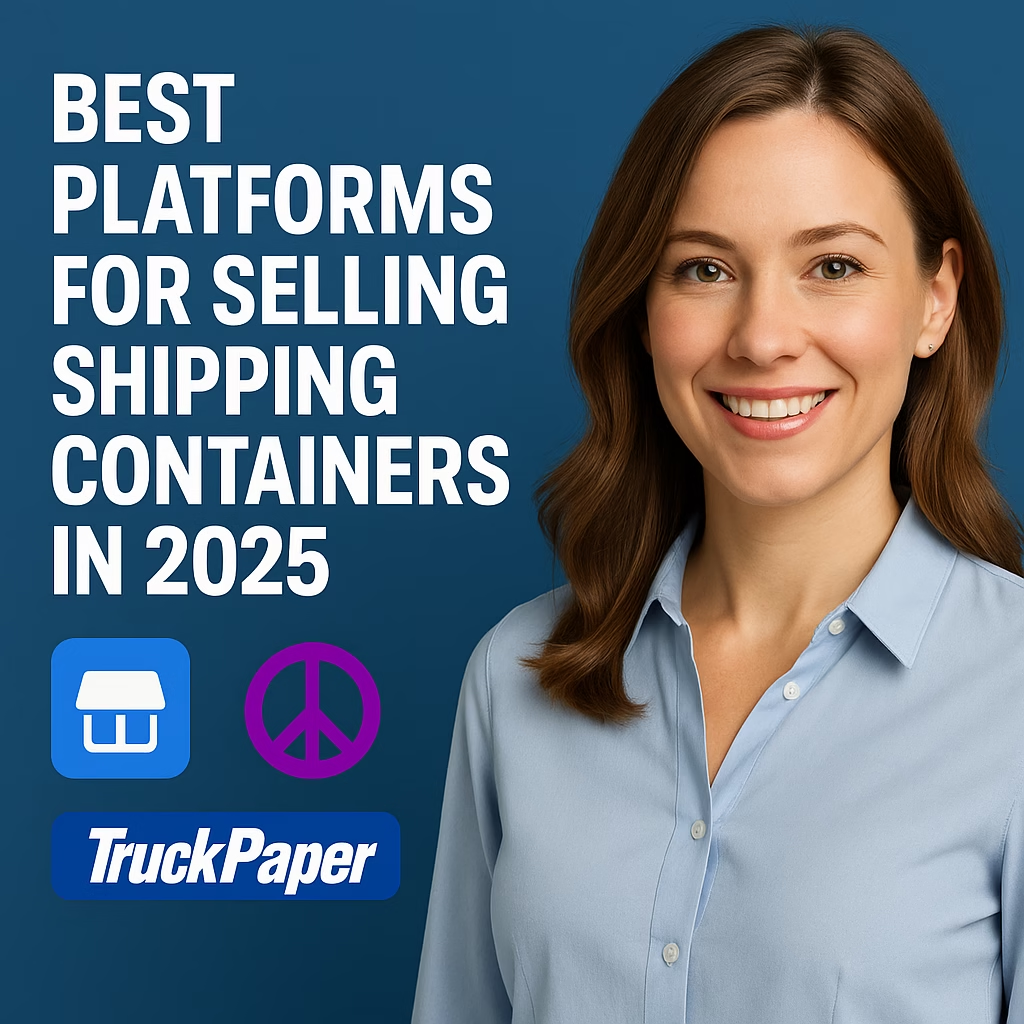
7) Facebook & Instagram (Before/After + DM Booking)